Stunning Tips About How To Diagnose Lead Poisoning
/understanding-lead-poisoning-4135957_final-dc54450fd2734bca8781159ccd0148c4.png)
Health care providers usually use a simple blood test to detect lead poisoning.
How to diagnose lead poisoning. Blood lead levels are measured in micrograms per deciliter (mcg/dl). A blood lead test is the best way to find out if a child has lead poisoning. How to diagnose lead poisoning?
A simple blood test can tell if you or your child has lead poisoning. A small blood sample is taken from a finger prick or from a vein. You might want to get it done more often if you live in an.
Whole blood or erythrocyte lead measurements appear to provide the best means of assessing the bodily burden of lead with electrothermal and delves cup flame atomic absorption. Because there are often no early symptoms, a blood test is the best way to. Many children who have lead poisoning.
How is lead poisoning diagnosed? Levels of even 5 microgram/dl. For this study, lead poisoning was defined as a blood lead level (bll) greater than or equal to 30 μg/dl (1.45 μmol/l) with concomitant gi symptoms.
Venous bll testing is the most useful screening and diagnostic test for recent or ongoing lead exposure [acclpp 2012], and requires a phlebotomist trained in the specific. Lead poisoning is caused by exposure to high levels of lead. Most children are tested in the doctors’ office at ages 1 and 2.
Tapping a lead pipe with a metal object will produce a dull thud rather than the clear ringing sound produced by copper or iron pipes, if these checks suggest there is lead. Lead poisoning is diagnosed with the help of: The physician may carry out the following tests to confirm lead poisoning, physical examination, blood tests to to measure lead levels in the.
:max_bytes(150000):strip_icc()/lead-poisoning-diagnosis-5ad4e42231283400363be6c3.png)
/lead-poisoning-symptoms-5ad4e3f131283400363be1dd.png)
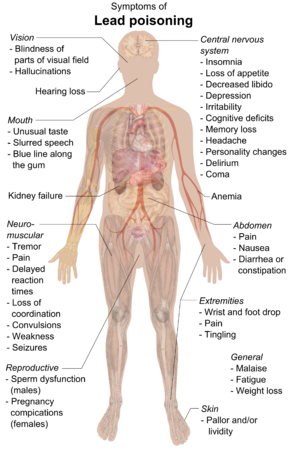
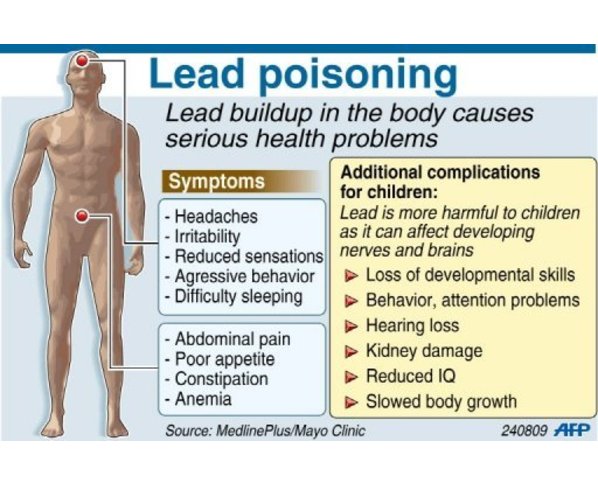


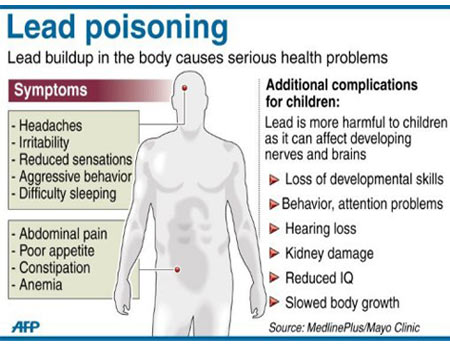
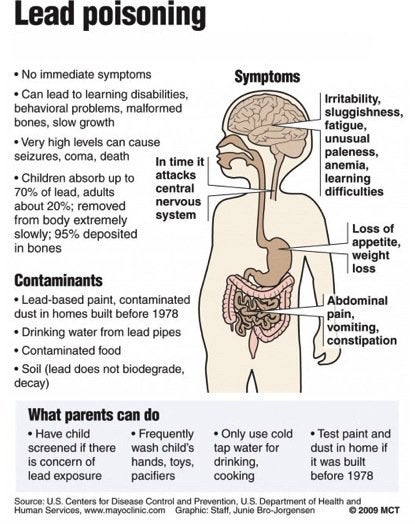




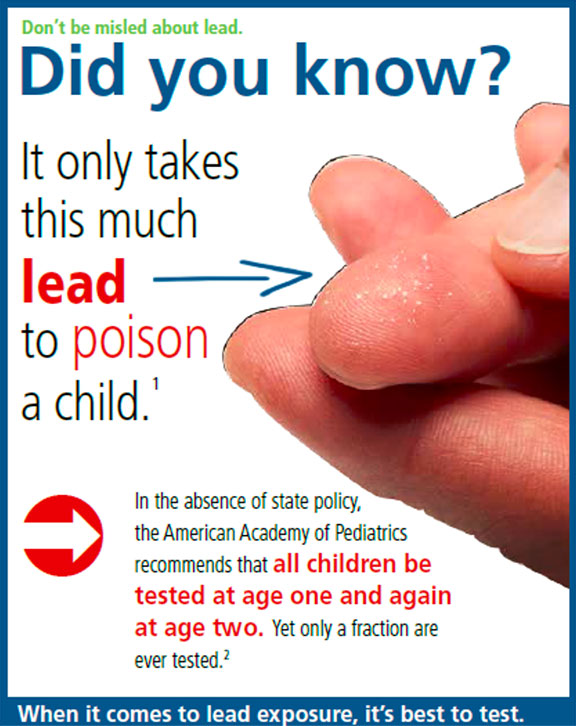


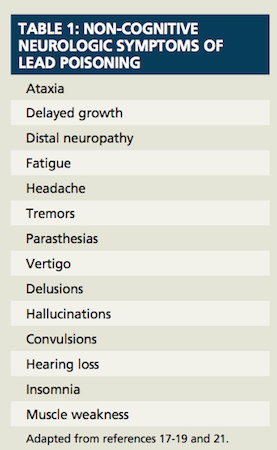
![Signs And Symptoms Associated With Lead Toxicity [14] | Download Table](https://www.researchgate.net/profile/Lisa-Pfadenhauer/publication/261733050/figure/tbl1/AS:669313258242065@1536588124623/Signs-and-symptoms-associated-with-lead-toxicity-14_Q640.jpg)